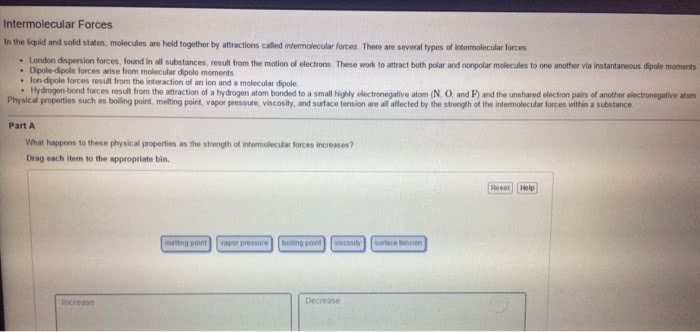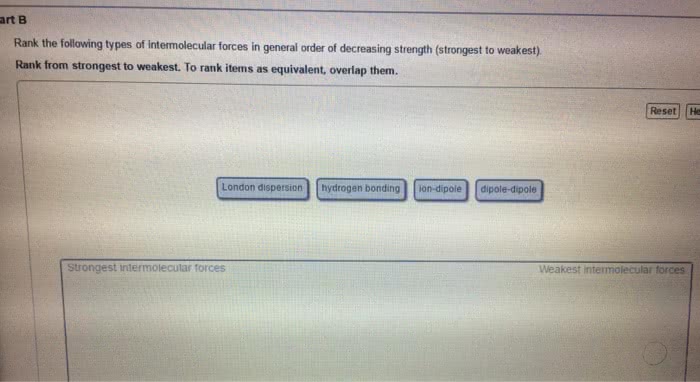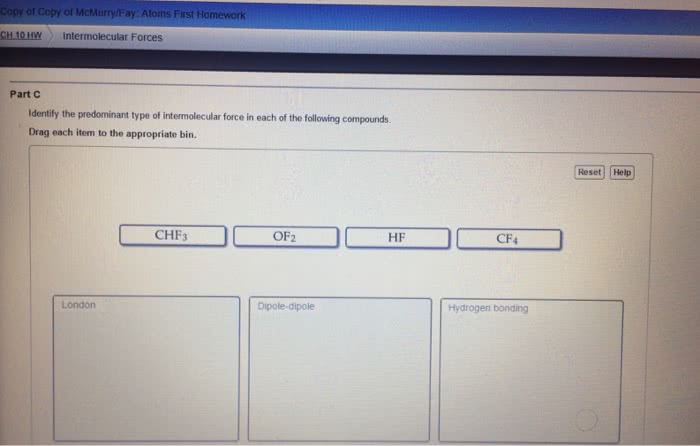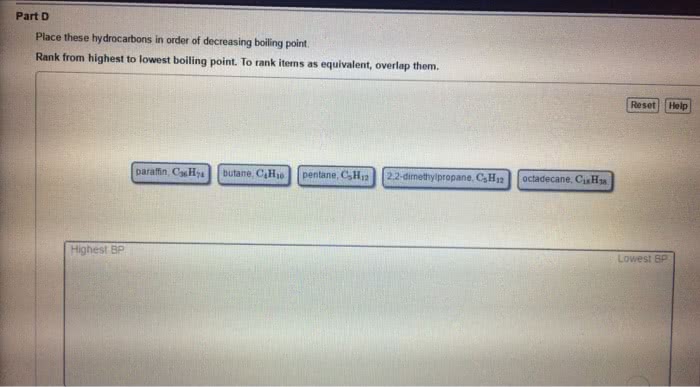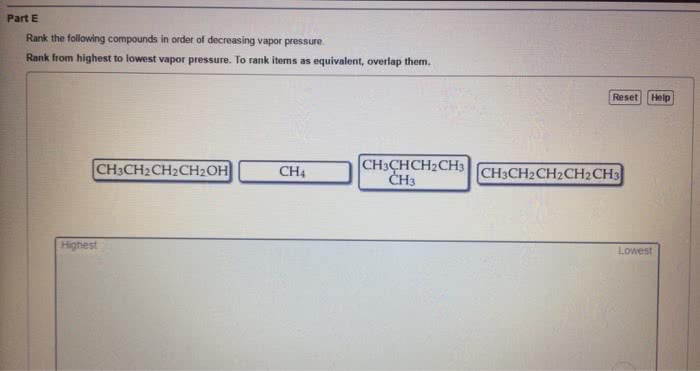CHEM 110 Lecture Notes - Intermolecular Force, Atomic Orbital, Lone Pair

37
CHEM 110 Full Course Notes
Verified Note
37 documents
Document Summary
Atomic forces: at the center of all bonding (at the heart its all coulombic interaction) Opposite charges attract (both covalent and ionic) Forces associated with permanent dipoles involve displacements of electron pairs in bonds rather than in molecules as a whole. When comparing substances of roughly comparable molecular masses, dipole forces produce significant differences in properties. When comparing substances of widely different molecular masses, dispersion forces are usually more significant than dipole forces. Instantaneous dipoles: electrons are concentrated in one region of an atom or molecule. This displacement of electrons causes a normally nonpolar species to become momentarily polar. Induced dipoles: electrons in a neighboring atom or molecule may be displaced to also produce a dipole (process of induction) Polarizability: describes the relative tendency for a charge distribution to distort from its normal shape in an atom or a molecule. Greater the tendency the more polarizable the atom or molecule. Increases with atomic or molecular size (volume of electron cloud)


